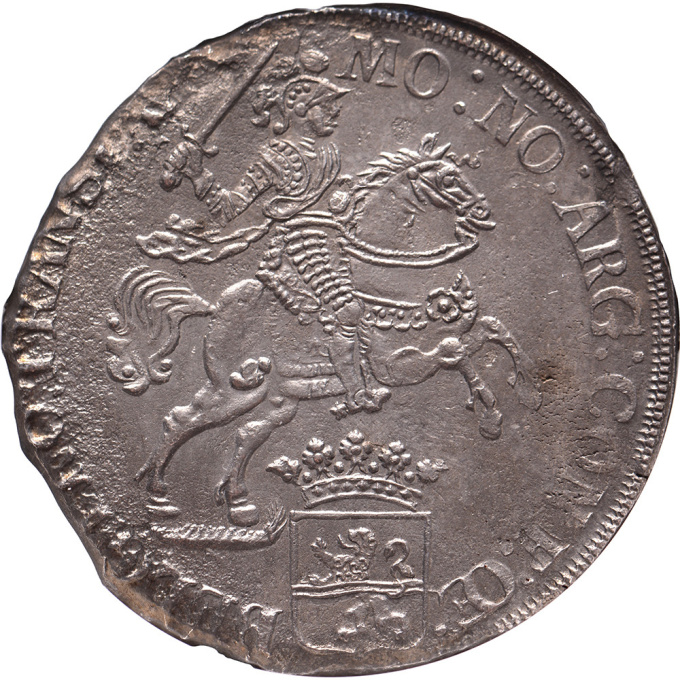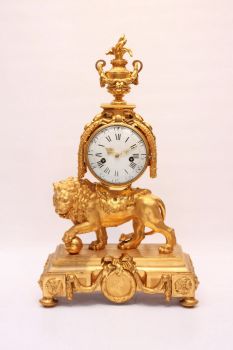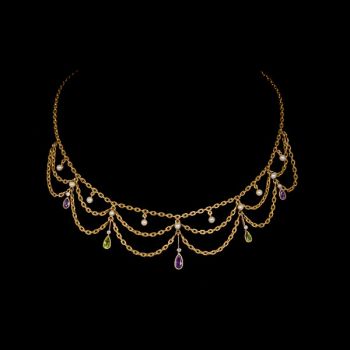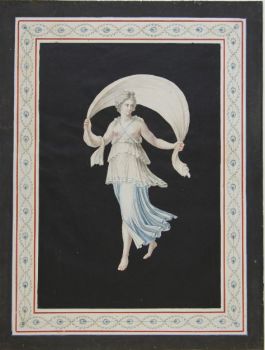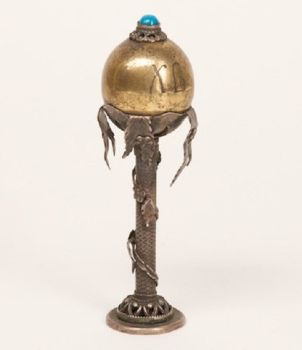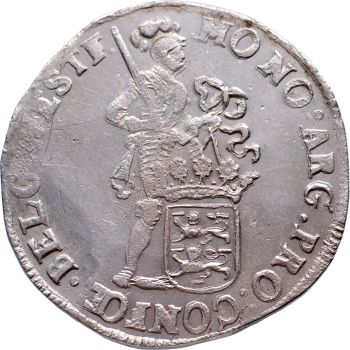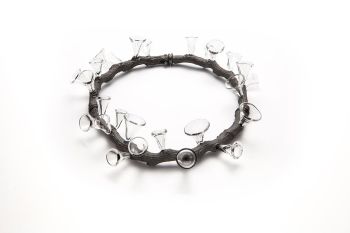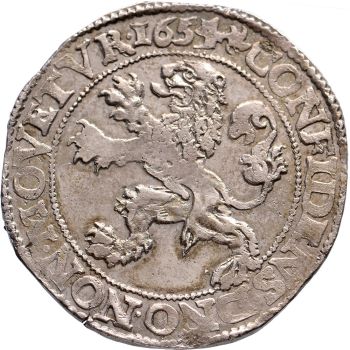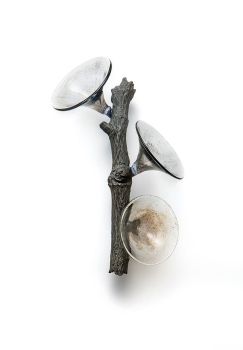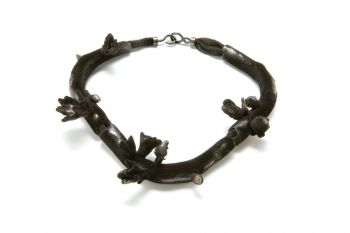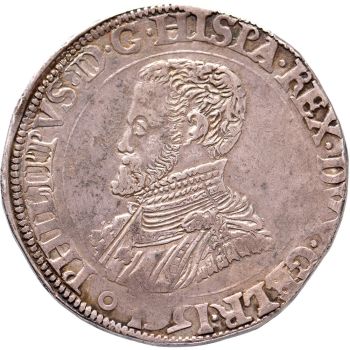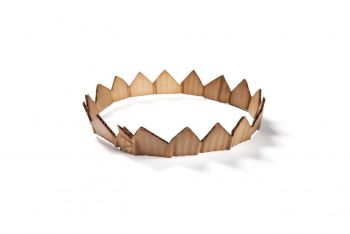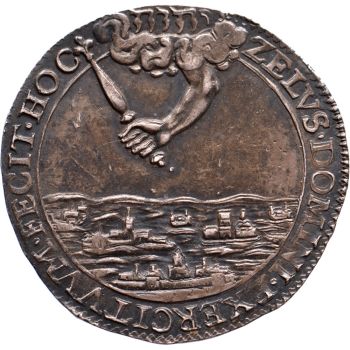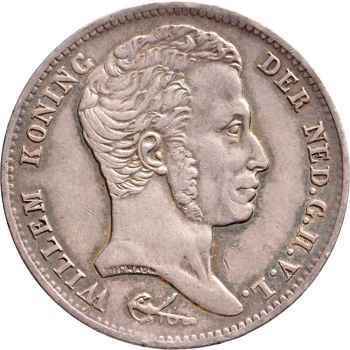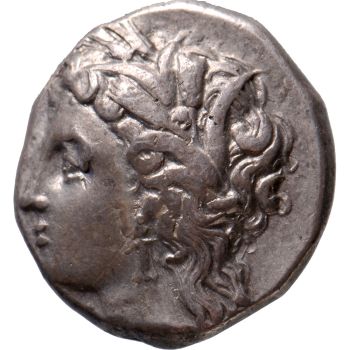Silver rider Overijssel – Vliegent Hert NGC Shipwreck graded 1734
Artista Desconocido
Plata
€ 650
Jongeling Numismatics & Ancient Art
- Sobre la obra de arteObverse: MO : NO : ARG : CONFŒ. – BELG : PRO : TRANSI ., knight with sword held high on horseback right, crowned shield of province underneath
Reverse: CONCORDIA . – RES . PARVAE – CRESCVNT : crowned shield of the Generality, flanked by standing and crowned lions, year in cartouche with leaf ornaments underneath
Recovered from the wreck of the VOC ship ‘Vliegent Hert’
With NGC Shipwreck certification
‘t Vliegend Hert, also known as ‘t Vliegend Hart, was a ship of the Dutch East India Company (VOC). It was built in 1729 for the VOC Chamber of Zeeland. It had a capacity for 850 tons of cargo and 256 crew members.
On February 3 1735 the ship set sail from Rammekens to East India, under the command of Cornelis van der Horst. Along with its sister ship the Anna Catharina, which had sailed out at the same time, ’T Vliegend Hert hit a sandbank 18 km off the coast of Vlissingen and sunk. All those on board perished.
The wreck of ‘t Vliegend Hert was discovered in September 1981. A money chest with 2000 gold ducats and 5000 silver reales were found among other things. One remarkable discovery were lead containers holding tobacco, anchovies and cheese. - Sobre el artista
Puede suceder que un artista o creador sea desconocido.
Algunas obras no deben determinarse por quién está hecho o por (un grupo de) artesanos. Algunos ejemplos son estatuas de la Antigüedad, muebles, espejos o firmas que no son claras o legibles, pero también algunas obras no están firmadas en absoluto.
También puedes encontrar la siguiente descripción:
•"Atribuido a …." En su opinión, probablemente una obra del artista, al menos en parte.
•“Estudio de….” o “Taller de” En su opinión, una obra ejecutada en el estudio o taller del artista, posiblemente bajo su supervisión
•“Círculo de…” En su opinión, una obra del período del artista que muestra su influencia, estrechamente asociado con el artista pero no necesariamente su alumno.
•"Estilo de …." o “Seguidor de…”. En su opinión, una obra ejecutada al estilo del artista pero no necesariamente por un alumno; puede ser contemporáneo o casi contemporáneo
•"Manera de …." En su opinión una obra al estilo del artista pero de fecha posterior
•"Después …." En su opinión, una copia (de cualquier fecha) de una obra del artista
•“Firmado…”, “Fechado…” o “Inscrito” En su opinión, la obra ha sido firmada/fechada/inscrita por el artista. La adición de un signo de interrogación indica un elemento de duda.
•“Con firma…”, “Con fecha…”, “Con inscripción…” o “Lleva firma/fecha/inscripción” en su opinión la firma/fecha/inscripción ha sido añadida por alguien que no es el artista
¿Está interesado en comprar esta obra de arte?
Artwork details
Related artworks
Artista Desconocido
Set of eight gouache drawings1799 - 1801
Precio a consultarRobert Schreuder Antiquair
1 - 4 / 12Artista Desconocido
Huevo de Pascua de Presentación Ruso de Plata1880 - 1899
Precio a consultarH.W.C. Dullaert Art & Antiques Dealer
Artista Desconocido
A silver spoon commemorating Juff’ Margareta van Hoorn1656 - 1694
Precio a consultarZebregs & Röell - Fine Art - Antiques
Artista Desconocido
Japanese art deco lacquervase with Scarab beetle motif1920 - 1950
Precio a consultarDille Art
Artista Desconocido
UN INUSUAL PLATO DE PLATA CON LOBBED INDONESIOlate 17th
Precio a consultarZebregs & Röell - Fine Art - Antiques
1 - 4 / 24- 1 - 4 / 12

